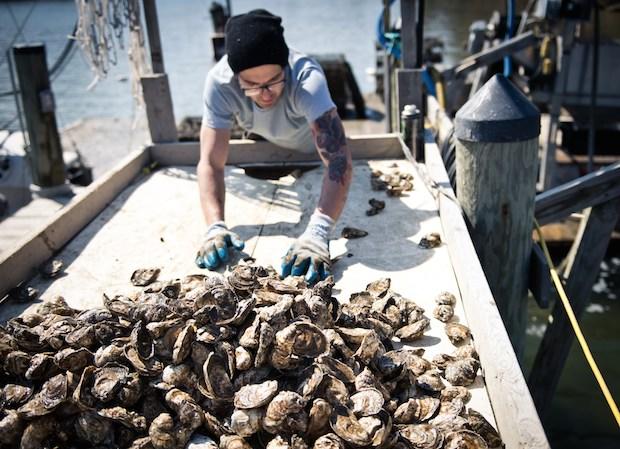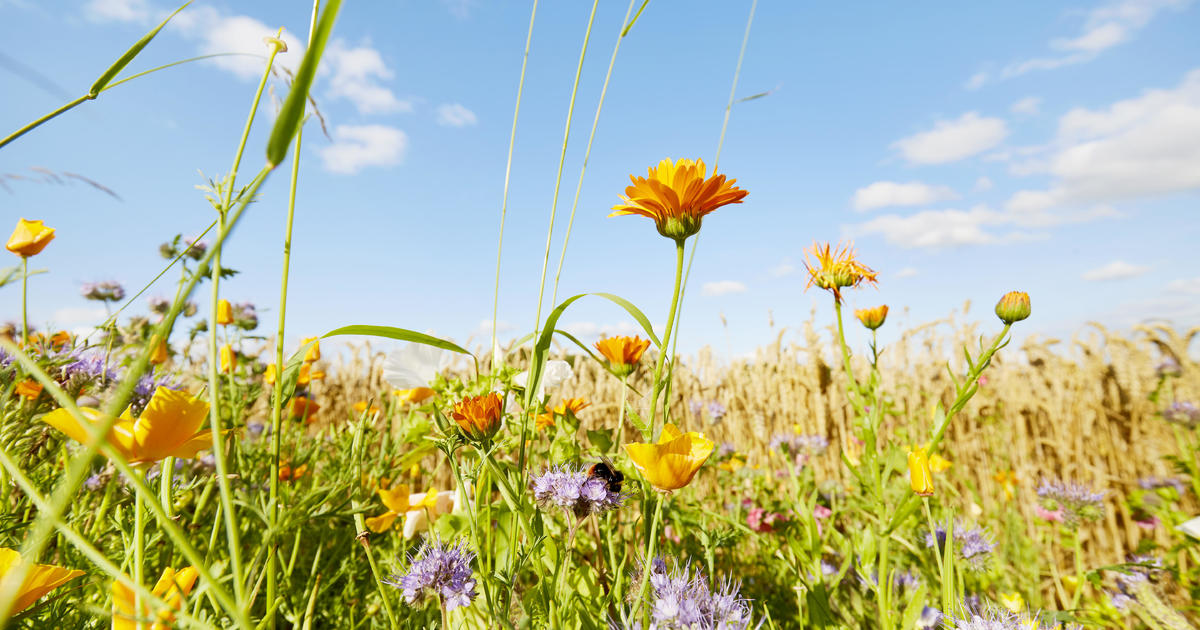Chesapeake Bay, nation's largest estuary, is finally getting healthier
RICHMOND, Va. — Water clarity in the Chesapeake Bay is the best it’s been in decades, and native rockfish, oyster and blue crab populations are rebounding as the overall health of the nation’s largest estuary improves, a report released Thursday found.
The Chesapeake Bay Foundation’s biennial State of the Bay report gave the estuary a C-minus grade, an improvement from a D-plus two years ago and the highest score issued since the inception of the report in 1998.
Still, the report notes that the bay - an economic driver that supports fishing, farming, shipping and tourism - remains “a system dangerously out of balance, a system in crisis,” and says progress has been uneven across the region. The Chesapeake Bay watershed spans 64,000 square miles in parts of Delaware, Maryland, New York, Pennsylvania, Virginia, West Virginia and the District of Columbia.
“The bay is getting better,” foundation President William Baker said in a conference call with reporters. “This is good news, but the recovery is fragile. There’s a long way left to go.”
Scientists from the foundation compile data for 13 indicators in three categories: pollution, habitat and fisheries. They assign each indicator a score from one to 100, and those results taken together resulted in this year’s overall grade of 34. The group says a perfect score is not attainable because of population growth and development, but a 70 would present an A grade and a “saved bay.”
Nine of the 13 indicators showed improvement from the last report, and each of the three categories improved overall.
On water clarity, the report issued an overall grade of a D-minus. Still, that represented a two-point improvement from the previous report, and the foundation called it “the clearest water in decades.”
The indicator that showed the most improvement was the blue crab population, which the report said has increased dramatically since 2014, from 297 million to 553 million. The report noted that although this year’s population was lower than the 2012 peak of 779 million, it reflects a “more resilient population” because juvenile, male, and female spawning stock counts all increased.
The report also found that the rockfish, or striped bass, population appeared to have stabilized after a 10-year decline, and oyster harvests exceeded one million bushels in 2015 for the first time in 30 years.
“Native oysters are making a comeback after a near commercial extinction,” Baker said.
The only indicator that showed a decline from the previous report was the prevalence of forested buffers, strips of trees that protect the water from soil erosion and pollutants.
“The lack of progress is alarming,” the report said.
The foundation said that while Maryland and Virginia are largely on track to achieve the 2017 midterm goals of a joint state and federal agreement designed to reduce pollution in the bay, Pennsylvania is lagging. Those three states comprise about 85 percent of the watershed, Baker said.
“Pennsylvania is significantly behind, largely due to its failure to meet the goals it set for reducing pollution from agriculture,” the foundation said in a statement.
Dr. Carl Hershner, director of the Center for Coastal Resources Management and a professor of marine science at William & Mary, said he thinks the report is confirmation that the investment of public money in efforts to improve the bay is paying off.
Baker emphasized that any reduction in those efforts could quickly lead to a reversal of all the progress that’s been made.
“We have to keep this up. These big systems can turn on a dime,” he said.




